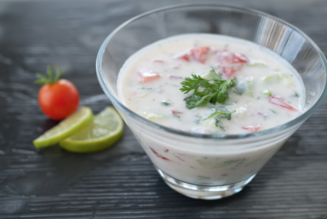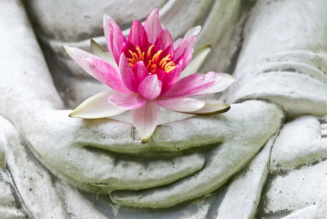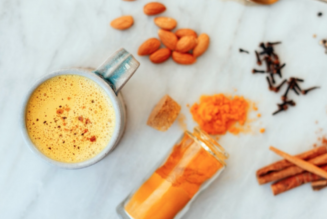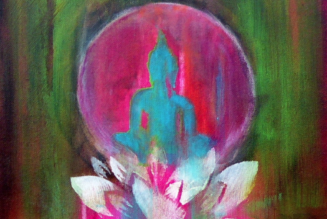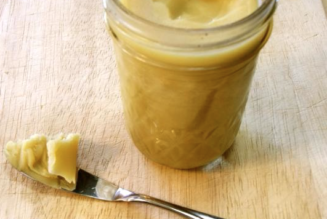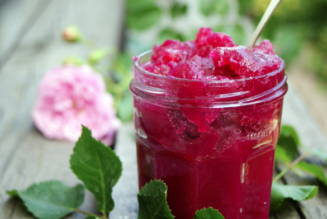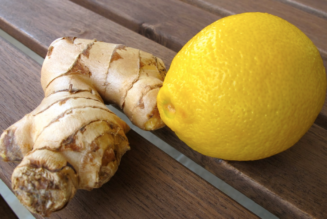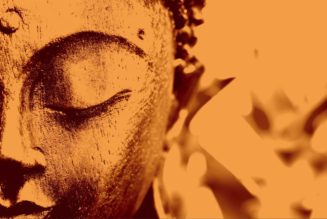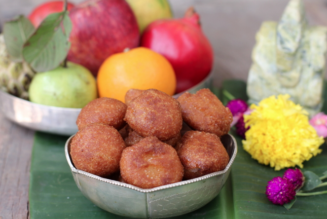Female Health: Amenorrhea – An Ayurvedic Perspective
Amenorrhea is a condition characterized by the absence of menstruation. This disorder is of two types – Primary amenorrhea and secondary amenorrhea. If a girl has not menstruated by age 16 it is referred to as primary amenorrhea and can continue indefinitely. Secondary amenorrhea is characterized by the absence of 2-3 periods in a row in a woman who menstruates normally. Pregnancy, lactation and menopause do not create the absence of menses.
Etiological Factors To Consider:
There are many etiological factors in amenorrhea. It can be due to endocrine disturbances such as hyperthyroidism which can be due to increased vata and kapha. Increased kapha can manifest in hypothyroidism leading to primary amenorrhea. Other factors such as obesity, malnutrition, congenital diabetes, anorexia, Cushing’s syndrome, PCOS can also lead to amenorrhea. Secondary amenorrhea can also be caused by extreme activities or sports, fasting, weight loss and jet lag.
Signs and Symptoms:
These can vary according to the state of imbalance in an individual but general signs of primary amenorrhea are abnormal physical maturation, there may be stunted growth and immaturity. Secondary amenorrhea signs can include weight loss and anemia as well as anxiety and headaches.
Management:
Management of amenorrhea is dependent on the cause of the disorder. When primary secondary amenorrhea is involved and there are issues with the reproductive system, surgery may be required. If amenorrhea is manifested as a result of another systemic disorder or disease then that condition must be treated first. However there are some ayurvedic management tips for amenorrhea:
Panchakarma:
Panchakarma is an ayurvedic purification treatment and is considered extremely beneficial for amenorrhea. The use of appropriate building oils (Bala, nirgundi and vata tailam/oils) can help to strengthen the body. This should be performed only under direct supervision of a qualified professional and after having discussed with one’s primary care physician.
Herbs To Consider:
Herbs such as Shatavari, Ashwagandha, Bala, vidari and Atma gupta can be used to help build and strengthen
· Bhringraj oil on the soles of the feet and scalp is beneficial if amenorrhea is due to anxiety or stress. Herbs such as shankapuspi, jatamamsi and ashwagandha can help in these circumstances also
· 1 tsp of bala and trikatu in 1 cup of milk to aid in jet lag induced amenorrhea
· A nutrient rich diet with good sources of iron can also help in prevention of amenorrhea. Foods such as raisins, beets, kale, mango, pumpkin, pineapples, almonds, garlic milk, pomegranate can be beneficial.
· Shatavari milk and shatavari kalpa (roasted shatavari with saffron, cardamom and sugar) are also helpful in preventing amenorrhea.
· Following a vata pacifying diet and lifestyle is also important in the prevention of amenorrhea. Avoiding strenuous activities and maintaining a proper body weight is crucial.
* Meditation and gentle pranayama is also key to maintaining balance.
* Seeing a physician to diagnose the underlying root cause is most essential in treating the disorder.
Disclaimer:
This is strictly for educational purpose only and not considered medical advice.
References
· Lad, V. (1999). The complete book of Ayurvedic home remedies.
· Sharma, H. (2011). Ayurvedic Healing. Singing Dragon
· Lad, V. (2012). Ayurvedic perspectives on selected pathologies
· Svoboda, R. (1999). Ayurveda for women: A guide to vitality and health
· Lonsdorf, N. (2004). The ageless woman: Natural health and beauty after forty
![Female Health: Amenorrhea [cessation of menses] – An Ayurvedic Perspective](https://healthyayurveda.com/wp-content/uploads/2015/07/1.-Amenorhea--1050x600.png)
